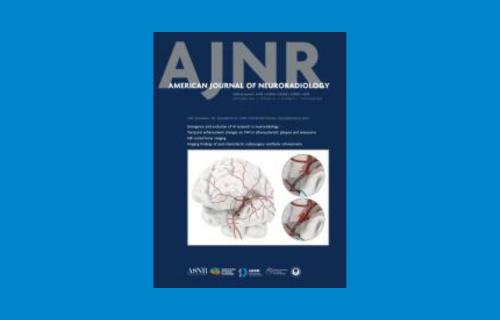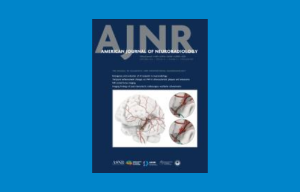A recent study shows how an optimised CT protocol can be just as effective as MRI in triaging patients
Friday, 4 October, 2024
Share

 Congratulations to UCD School of Medicine, Dr. Peter J. MacMahon and all the team in involved in their recently published paper in (opens in a new window)The American Journal of Neuroradiology, titled ‘An Optimized CT Protocol for Detecting Suspected Cauda Equina Syndrome: A Comparative Analysis with MRI’.
Congratulations to UCD School of Medicine, Dr. Peter J. MacMahon and all the team in involved in their recently published paper in (opens in a new window)The American Journal of Neuroradiology, titled ‘An Optimized CT Protocol for Detecting Suspected Cauda Equina Syndrome: A Comparative Analysis with MRI’.
Abstract
BACKGROUND AND PURPOSE: Lumbar disc herniation, potentially leading to nerve root compression and cauda equina syndrome, is typically evaluated using MR imaging. However, the limited availability of MR imaging outside regular hours in certain health care systems poses considerable challenges. The purpose of this study was to prospectively evaluate the diagnostic accuracy of an optimised CT lumbar spine protocol as a potential alternative to MR imaging in assessing suspected neural compression.
MATERIALS AND METHODS: Patients presenting to the emergency department with suspected cauda equina syndrome or acute radicular symptoms secondary to lumbar disc herniation referred for MR imaging were prospectively enrolled for an additional CT optimised to assess spinal stenosis. An expert radiologist, blinded to clinical data, graded canal stenosis at each lumbar level on CT. The same grading process was applied to MR imaging after a 4-week interval to maintain blinding.
RESULTS: Fifty-nine individuals were included in the final analysis. In 22 (39%) cases, no significant stenosis was identified. In a further 22 (37%) cases, disc pathology was identified that was managed conservatively. Thirteen (22%) individuals proceeded to urgent surgical decompression. In 1 (2%) instance, an alternative diagnosis was identified. Compared with MR imaging, the sensitivity, specificity, and positive and negative predictive values for CT in detecting disc pathology in patients presenting with symptoms suggestive of acute neural compression were 97% (95% CI, 82%–99%), 97% (95% CI, 83%–99%), 97% (95% CI, 92%–99%), and 97% (95% CI, 83%–99%), respectively. CT accurately identified all cases requiring urgent decompression.
CONCLUSIONS: CT accurately predicted MR imaging findings in patients with suspected cauda equina and nerve root compression, demonstrating its utility as an adjunct tool for patient triage in emergency settings with limited MR imaging access. This protocol could enhance the allocation of emergency resources by appropriately selecting patients for emergent MR imaging.
For the full paper (opens in a new window)see here.